Curated Vintage Decor: Elevating Spaces with Timeless Elegance & Nostalgia
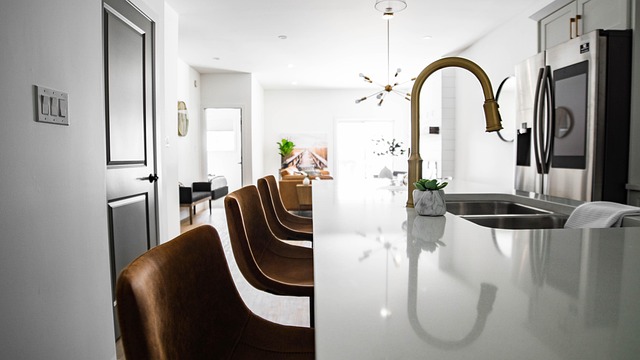
Vintage-inspired decor transforms elegant kitchen cabinetry by blending classic charm with modern fu…….
Introduction
A kitchen remodel embodying traditional design offers a harmonious blend of time-honored aesthetics with modern functionality. This article delves into the essence of such a remodel, exploring its historical roots, global influence, economic implications, technological advancements, and regulatory frameworks. We will examine key challenges, present case studies that illustrate best practices, and project future trends in this field. By the end of this exploration, readers will have a comprehensive understanding of how traditional design can enhance kitchen spaces while maintaining their classic charm.
Understanding Kitchen Remodel for Traditional Design
A kitchen remodel for traditional design is characterized by its use of classic elements, ornate details, and a warm color palette that harks back to earlier eras. These remodels often incorporate features such as crown molding, hardwood flooring, custom cabinetry with recessed panel doors, and brass or copper hardware. The historical context of traditional design is deeply rooted in architectural movements from the Victorian, Colonial, and Georgian periods, among others. It represents a significant design genre that has stood the test of time, evolving while retaining its core characteristics.
Global Impact and Trends
The influence of traditional kitchen remodels transcends national borders, with regions like Europe, North America, and parts of Asia adopting and adapting these designs to suit local tastes and climates. Key trends shaping the trajectory of this design genre include a resurgence of natural materials, sustainable practices, and the integration of smart technology in a way that complements traditional aesthetics. The global impact is evident in the diverse array of kitchen remodels seen worldwide, each with its unique regional flair yet united by the common thread of timeless design principles.
Economic Considerations
The economic aspects of kitchen remodeling for traditional design are multifaceted. Market dynamics are influenced by consumer preferences, which can shift towards more sustainable and authentic options. Investment patterns reflect a willingness to spend on high-quality materials and craftsmanship that align with the ethos of traditional design. This niche within the kitchen remodeling industry plays a significant role in supporting local artisans and tradespeople, contributing positively to economic systems and fostering job creation.
Technological Advancements
Technological advancements have significantly impacted kitchen remodeling for traditional design. Innovations in appliance efficiency, smart home integration, and sustainable building materials offer modern solutions that do not detract from the classic look and feel of a traditional kitchen. The future potential of technology in this domain includes voice-activated controls, energy-efficient appliances, and advanced water filtration systems, all designed to seamlessly integrate with the traditional aesthetic.
Policy and Regulation
Policies and regulations governing kitchen remodeling for traditional design are as diverse as the designs themselves. Building codes, zoning laws, and heritage preservation statutes influence how these remodels can be executed, especially in historic districts or areas with strict building regulations. Compliance with these frameworks ensures that remodels respect the integrity of existing structures while incorporating modern conveniences and safety standards.
Challenges and Criticisms
The main challenges faced by kitchen remodel projects aiming for a traditional design include maintaining authenticity, balancing historical accuracy with modern functionality, and ensuring sustainability. Criticisms may arise regarding the cost and time investment required to achieve the desired result. Strategies to overcome these issues involve careful planning, thoughtful design choices, and a commitment to using sustainable materials and practices.
Case Studies
Several case studies illustrate successful applications of kitchen remodel for traditional design. One such example is a Victorian townhouse where the kitchen was restored to reflect its original charm while incorporating modern appliances and lighting. Another case study involves a contemporary home that incorporated traditional elements into its open-plan kitchen, resulting in a seamless blend of eras and styles. These studies provide valuable insights into how traditional design principles can be applied in various contexts.
Future Prospects
The future outlook for kitchen remodel for traditional design is promising, with a growing trend towards authenticity and personalization. Emerging trends include the use of renewable materials, innovative storage solutions, and the seamless integration of technology. Strategic considerations for professionals in this field involve staying abreast of design evolution, understanding consumer preferences, and adapting to changing economic landscapes.
Conclusion
This exploration of kitchen remodel for traditional design has revealed its enduring significance and adaptability across various contexts. By marrying classic elements with modern functionality, these remodels offer timeless appeal while catering to contemporary lifestyles. The insights shared in this article underscore the importance of traditional design in enriching kitchen spaces and contribute to a broader understanding of its role within the field of interior design and home renovation.
FAQ Section
What defines a traditional kitchen remodel?
A traditional kitchen remodel is characterized by its use of classic design elements, such as ornate woodwork, detailed hardware, and a warm color scheme. It draws inspiration from historical periods like Victorian, Colonial, and Georgian eras.
How can I ensure my traditional kitchen remodel is both functional and stylish?
To achieve a balance between functionality and style in your traditional kitchen remodel, plan carefully, incorporate smart storage solutions, and select modern appliances that complement the traditional design.
Are there any sustainable options for traditional kitchen remodels?
Absolutely. Opting for reclaimed wood, energy-efficient appliances, and sustainable building materials are just a few ways to ensure your traditional kitchen remodel is eco-friendly.
Can I adapt a traditional design to fit my modern home?
Yes, you can adapt traditional design elements to suit a modern home by integrating them into a contemporary space thoughtfully. This can be achieved through careful planning and a collaborative approach with designers and architects.
How much does a kitchen remodel for traditional design typically cost?
The cost of a kitchen remodel for traditional design can vary widely depending on the extent of the renovation, the materials used, and the region in which you live. It’s essential to set a realistic budget based on your specific project requirements.

Vintage-inspired decor transforms elegant kitchen cabinetry by blending classic charm with modern fu…….

Incorporating vintage-inspired accessories into classic kitchen design ideas blends nostalgic charm…….

When choosing flooring for kitchens, consider durability and aesthetics. Hardwood offers warmth and…….

The central island is a key element in modern kitchen design, enhancing both function and aesthetics…….
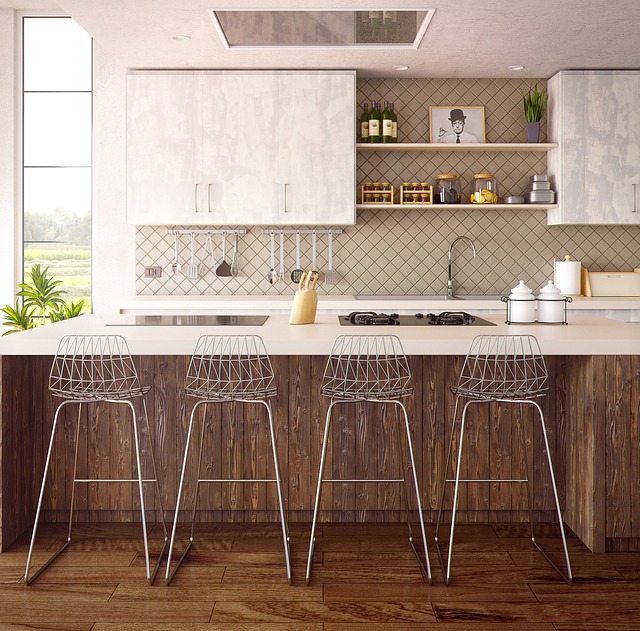
Unlocking Vintage Charm through curated kitchen decor blends old-world aesthetics with modern style……..
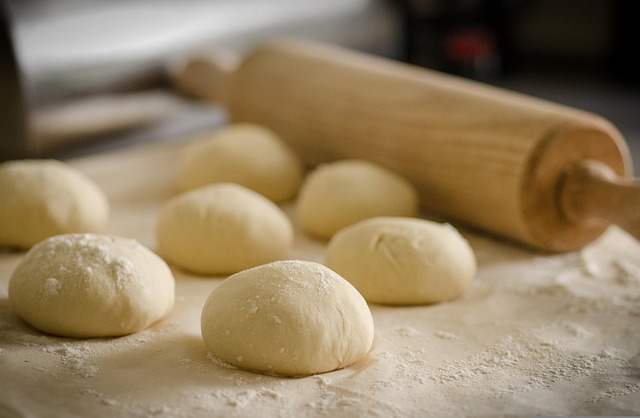
Farmhouse sinks, with their rustic charm and vintage appeal, are a popular choice for traditional ki…….
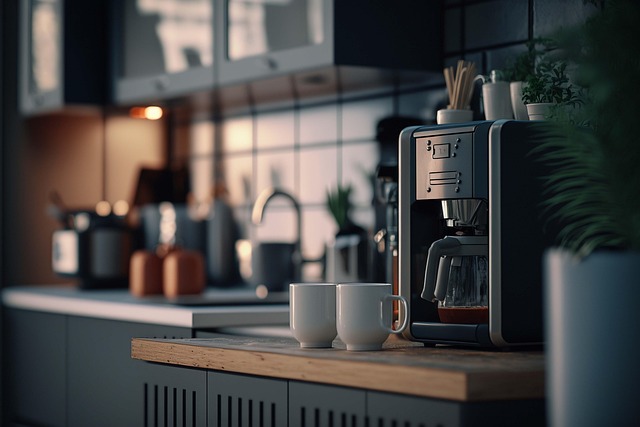
Classic kitchen design ideas prioritize elegance through the strategic integration of architectural…….

Vintage-inspired decor transforms kitchens into enchanting oases by blending old and new, with elega…….

In traditional kitchen renovations, statement chandeliers or pendant lights transform spaces from fu…….
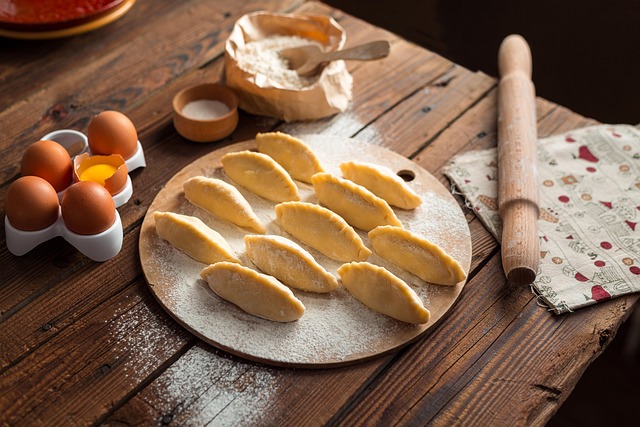
A traditional kitchen renovation combines classic beauty and modern convenience, starting with prese…….